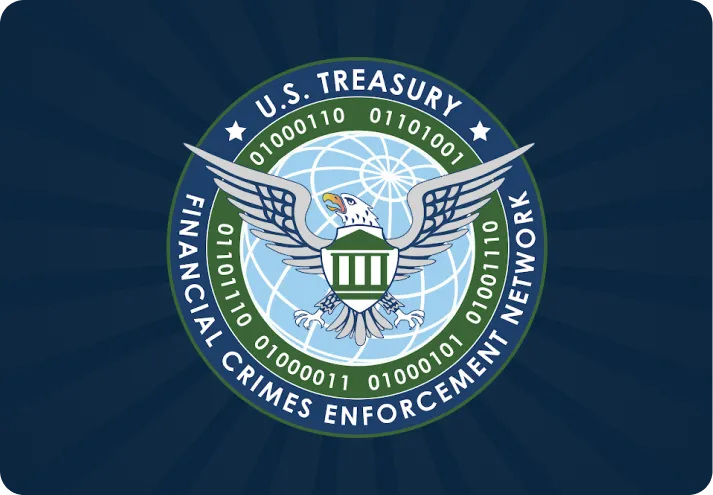News / Canada’s 2025 Report Warns of Rising Money Laundering and Crime Risks
Canada’s 2025 Report Warns of Rising Money Laundering and Crime Risks
Discover Canada’s 2025 risk report exposing billions laundered yearly, key threats, and new government measures to combat financial crime and terrorism.04 min read

Canada released its 2025 assessment of money laundering and terrorist financing risks in August. The report highlights major threats and the government’s new response measures.
Report highlights that Canada’s strong and open economy is a magnet for criminals. Organized crime groups and third parties that provide laundering services remain the primary actors in money laundering in the country.
The report also identifies drug trafficking as the largest source of illicit funds. Fraud, trade-based money laundering, and tax crimes collectively generate billions of dollars annually. These activities have severe impacts on Canadians, including financial loss, insecurity, and community harm.
Other risks include human trafficking, illegal gambling, auto theft, ransomware, and corruption. These crimes are often supported by complex laundering networks that operate both nationally and internationally.
The report estimates that between $45 billion and $113 billion is laundered in Canada every year. This scale shows how financial crime underpins organized criminal activity across the country.
On terrorist financing, the report says activity in Canada is low in volume and value. Most domestic attacks in recent years were carried out by lone actors, often motivated by ideology. However, foreign-linked groups use diverse methods to raise funds. These include crowdfunding, cryptocurrencies, IVTs, state sponsorship, and misuse of NPOs.
Canada’s most vulnerable sectors include large banks, corporations, trusts, crypto assets, and certain money service businesses. High transaction volumes and fast processing times make them attractive to criminals. Non-profit organizations are largely low risk, but a small subset faces potential terrorist financing abuse. Regulators stress that risks should be reviewed on a case-by-case basis.
Read More:
- Art Market Faces AML Scrutiny Under New Bipartisan Senate Bill
- FATF Renews Its Guidance on Financial Inclusion and AML Measures
- MENAFATF Sets 2025 Strategic Goals to Enhance AML/CTF Efforts Across the Region
Emerging threats are also on the radar. Foreign interference remains a concern, as hostile states use illicit financing to target Canadian communities and institutions.
Fraud continues to grow with the rise of artificial intelligence and disinformation. Criminals exploit these tools for scams, identity fraud, and financial deception. There is also a growing link between organized crime and terrorism. Terrorist groups use criminal networks for logistics and funding, while gangs adopt violent tactics.
The government has already invested nearly $470 million since 2018 to strengthen enforcement. This money supports data resources, intelligence sharing, and specialized investigations.
In 2025, new measures were announced, including a Prime Ministerial directive on transnational crime, a joint intelligence cell, and stronger cooperation with North American partners. Authorities also launched the Integrated Money Laundering Intelligence Partnership (IMLIP). This initiative enhances the sharing of tactical data between law enforcement and the financial sector. Whereas under the amended PCMLTFA, factoring companies, cheque-cashing businesses, and finance and leasing firms are required to establish robust AML programs, file mandatory reports, maintain detailed records, and ensure adequate internal compliance controls.
Canada is also strengthening corporate ownership transparency. New registries will make it harder for criminals to hide behind shell companies. These measures reflect a broader effort to protect Canadians, the financial system, and democratic institutions from evolving threats.
As financial crime grows more complex, regulators stress the importance of vigilance. Businesses, banks, and non-profits must strengthen compliance and report suspicious activity.
Canada’s latest report underlines the urgency of advanced monitoring and smarter prevention tools. Financial institutions must prepare for stricter oversight and rising enforcement actions.
Canada’s 2025 risk report shows CAD 45–113 billion laundered yearly. It underscores the urgency for stronger AML controls.
AML Watcher helps financial institutions, corporates, and fintechs detect threats in real time with proprietary data from 215+ sanction regimes, 2.6M+ PEP profiles, and 415+ adverse media categories.
Stay compliant, reduce false positives, and protect your business from enforcement risks.
Book a Free Demo with AML Watcher
Book Free Demo
- Regulations
- October 29, 2025
03 min read

- Sanctions
- October 20, 2025
03 min read

- Sanctions
- October 15, 2025
02 min read
Subscribe to our Newsletter
Our best articles, news and stories, delivered to your inbox every week.